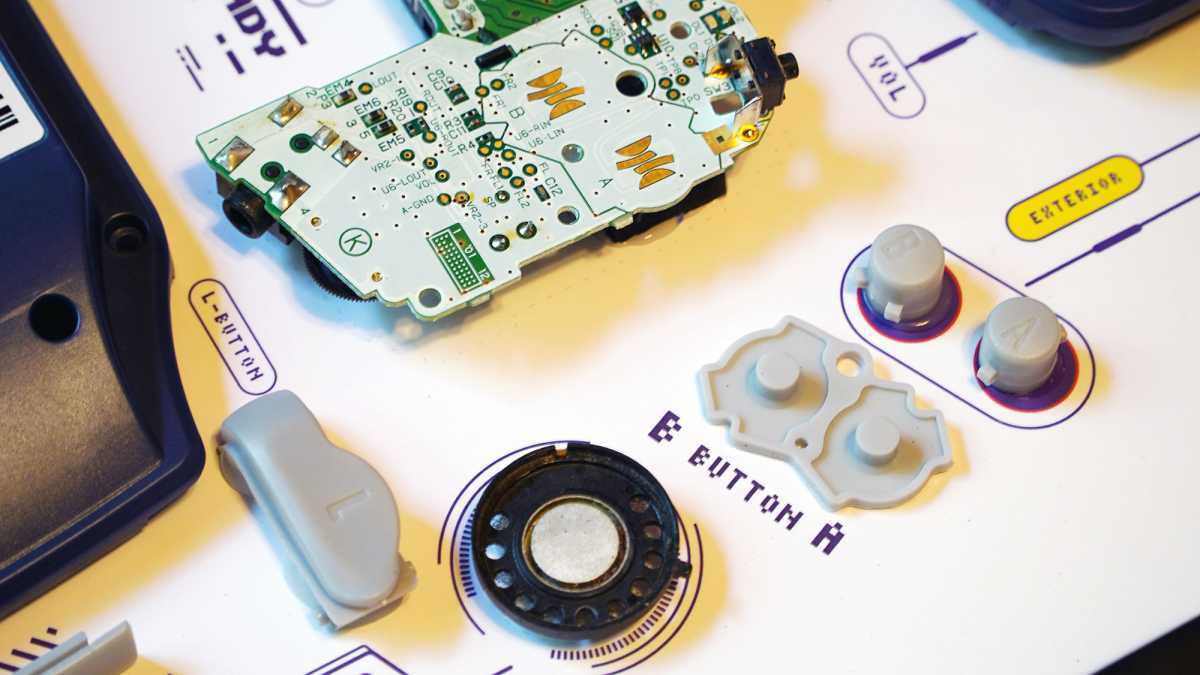Artificial intelligence is disrupting the graphic design industry, with OpenAI’s DALL E 2 image generation model potentially displacing human graphic designers.
DALL E, the AI system that creates realistic images and art from a description in natural language, is now available in beta. Last week, the company began the process of inviting 1 million people from its waitlist over the coming weeks.
Beta users will receive 50 free generations per month and will be able to purchase 115 additional generations for $15. Each generation will produce four images for approximately $0.03 per image. According to ARK Invest’s estimates, the compute cost to generate an image — the inference cost — is roughly $0.005 per image, suggesting a business model with 80%+ gross margins, in line with best-in-class SaaS companies, ARK wrote in a recent newsletter.
Notably, OpenAI is not restricting the commercial use of its generated images, ARK wrote. OpenAI announced last week that users get full usage rights to commercialize the images they create with DALL E, including the right to reprint, sell, and merchandise.
According to ARK, tools like DALLE-2 should democratize access to creative content, enabling anyone to generate rich content — including still images, music, and video — instantly at a minimal cost.
Based on a recent ARK survey, to generate moderately complex images on par with those produced by DALL E 2, human labor would cost around $150, assuming 5.25 hours of human input at an average hourly wage of ~$29, ARK wrote.
“For perspective, with DALL E 2 OpenAI customers could produce 5,000 images for the price they would pay a graphic designer to produce a single image,” ARK wrote. “In our view, to achieve success in this new world, graphic designers will have to harness powerful, generative AI tools like DALL E 2 to compete and serve their customers well.”
Investors looking to gain exposure to the lucrative AI industry should consider the ARK Autonomous Technology & Robotics ETF (ARKQ). Companies within ARKQ are focused on and are expected to substantially benefit from the development of new products or services, technological improvements, and advancements in scientific research related to, among other things, energy, automation and manufacturing, materials, artificial intelligence, and transportation.
For more news, information, and strategy, visit the Disruptive Technology Channel.
Read more on ETFtrends.com.
The views and opinions expressed herein are the views and opinions of the author and do not necessarily reflect those of Nasdaq, Inc.




